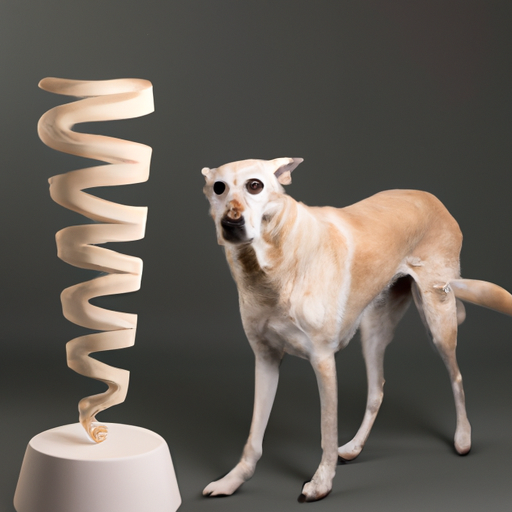Understanding the Basics of Vestibular Disease
As a beloved pet owner, it’s important for you to understand what your furry friend might be going through. Vestibular disease in dogs is a condition affecting the balance and coordination system. It’s akin to the vertigo humans can suffer from. The vestibular system in dogs includes parts of the brain and inner ear responsible for processing sensory information, controlling balance, and coordinating eye movements. When this system malfunctions, it can result in various symptoms that can be highly distressing for both you and your canine companion.
Recognizing the Symptoms
Knowing what to look for can help you catch the disease early and get your dog the help they need. While symptoms may vary from one dog to another, some common ones include:
- Head tilting to one side
- Loss of balance or stumbling
- Nystagmus (involuntary eye movements)
- Nausea or vomiting
- Behavioral changes
In severe cases, dogs may present with circling behavior, falling, or rolling, which can be particularly distressing to witness.
Causes and Types of Vestibular Disease
Vestibular disease in dogs can be broadly classified into two types based on their causes:
-
Peripheral Vestibular Disease: This is the most common type and is usually caused by an infection in the ear, trauma, or even certain medications. Sometimes, the cause may remain unknown.
-
Central Vestibular Disease: This is less common and is usually associated with serious issues like brain lesions, tumors, or infections.
| Type | Cause |
|---|---|
| Peripheral | Ear infection, trauma, certain medications |
| Central | Brain lesions, tumors, infections |
Treatment Options and Prognosis
When it comes to treating vestibular disease in dogs, the treatment plan will be tailored to the underlying cause. For instance, if an ear infection is to blame, your vet will prescribe antibiotics. However, if the cause is unknown, supportive care will be offered to help manage the symptoms. This might include anti-nausea medications, IV fluids, and physiotherapy.
The prognosis for dogs with vestibular disease is generally positive. Most dogs with peripheral vestibular disease recover fully within a few weeks, though some may have a residual head tilt. Dogs with central vestibular disease may have a more guarded prognosis, depending on the cause.
Coping and Caregiving Tips
As a caregiver, it can be heart-wrenching to see your pet struggle. Here are some tips to help you provide the best care for your dog during this trying time:
- Ensure your dog’s environment is safe and help them navigate around the house.
- Keep a close eye on their symptoms and report any changes to the vet.
- Provide them with plenty of love and reassurance.
Frequently Asked Questions
Q: Can vestibular disease in dogs be prevented?
A: Since the causes vary, there’s no surefire way to prevent it. However, regular vet check-ups can help catch and address issues early.
Q: Is vestibular disease in dogs painful?
A: While the disease itself isn’t painful, it can cause distress due to the loss of balance and nausea.
Q: Can a dog fully recover from vestibular disease?
A: Most dogs with peripheral vestibular disease make a full recovery, though some may have a residual head tilt. The prognosis for central vestibular disease depends on the underlying cause.
Q: How long does vestibular disease last in dogs?
A: In many cases, the symptoms improve within 2-3 days and most dogs recover within 2-3 weeks.
Remember, you’re not alone in this journey. Reach out to your vet or a pet health professional if you have any concerns or need support. Your dedication and love can make a big difference in your dog’s recovery process.



